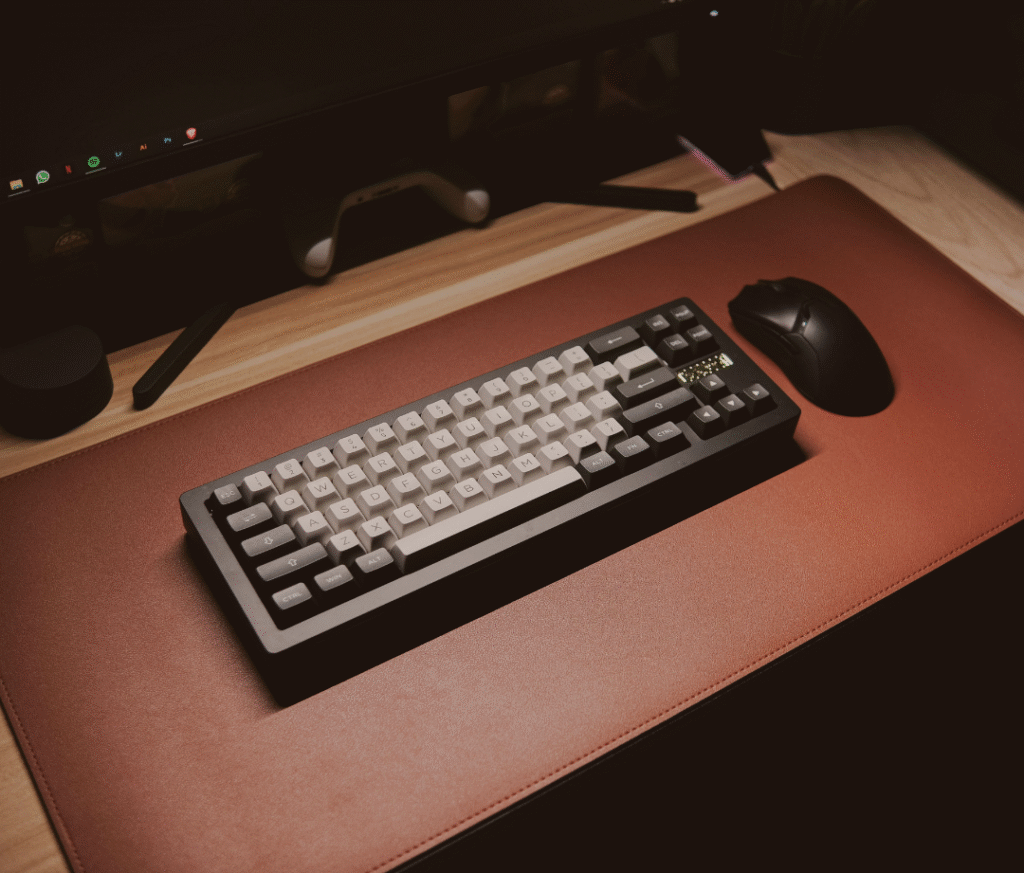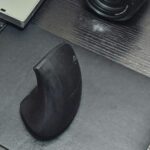Hey there! If you’re like most people, you probably spend hours every day typing away on your keyboard without giving it much thought. But what if I told you there are some seriously mind-blowing facts about keyboards that could change how you see this everyday device? From surprising history to quirky design secrets, these keyboard facts will make you appreciate your trusty typing companion in a whole new way!

overview
Why Learning Facts About Keyboards Actually Matters
Before we dive into these fascinating keyboard facts, you might wonder why any of this matters. Well, understanding facts about keyboards can help you make better purchasing decisions, improve your typing experience, and honestly? It’s just pretty cool to know! Plus, these facts about keyboards makes great conversation starters at gathering (trust me on this one).
12 Incredible Facts About Keyboards You Need to Know
1. The QWERTY Layout Has a Surprising Origin Story
One of the most interesting facts about keyboards is that the QWERTY layout wasn’t designed to slow you down, despite what you might have heard. Christopher Latham Sholes patented this layout in 1878 to prevent typewriter hammers from jamming when commonly used letter pairs were struck in rapid succession. This design actually improved typing efficiency on mechanical typewriters.
2. Those Little Bumps Have an Official Name
Among the lesser-known facts about keyboards is that the raised bumps on F and J keys are called “tactile indicators” or “home row markers.” These were introduced in the 1960s and are even specified in international keyboard standards to help touch typists position their hands correctly.
3. Your Space Bar Works Overtime
Here’s one of the most surprising facts about keyboards: the space bar accounts for approximately 10% of all keystrokes in English typing. That’s why it’s often the first key to wear out on heavily used keyboards.
4. Mechanical Keyboards Are Built to Last Decades
One of the most impressive facts about keyboards relates to durability. High-quality mechanical keyboard switches are rated for 50-100 million keystrokes per key, while standard membrane keyboards typically last for around 5-10 million keystrokes. Some enthusiasts still use mechanical keyboards from the 1980s!
5. Typing Speed Used to Be a Job Requirement
Historical facts about keyboards reveal that typing proficiency was once crucial for employment. During the 20th century, many employers required typing speeds of 50-60 words per minute for administrative positions. Today’s average professional types at 38-40 WPM.
6. You Can Type Entire Words with One Hand
Fun facts about keyboards include the discovery that “aftereffects”, “reverberated” (12 letters) are among the longest English word you can type using only your left hand with standard QWERTY touch typing. For right-handed typing, “hypolimnion” (9 letters) is among the longest.
7. The Backspace Key Gets Heavy Use
Among the most relatable facts about keyboards is that the backspace key ranks as one of the most frequently used keys, comprising approximately 7-8% of keystrokes during text composition. We’re all human, after all!
8. Keyboard Layouts Vary Dramatically Worldwide
Global facts about keyboards show incredible diversity. French-speaking regions use AZERTY layout, German-speaking countries prefer QWERTZ, and over 100 different keyboard layouts exist worldwide to accommodate various languages and regional needs.
9. Pangrams Test Every Single Key
Literary facts about keyboards include the famous pangram “The quick brown fox jumps over the lazy dog.” This sentence contains every letter of the alphabet and has been used since at least 1885 for testing typewriters and keyboards.
10. Keyboards Can Harbor Surprising Amounts of Bacteria
Health-related facts about keyboards might make you reach for disinfectant wipes. Research from the University of Arizona found that the average desktop has approximately 400 times more bacteria than the average toilet seat, with keyboards being a significant contributor.
11. Glass Keyboards Are Real Technology
Futuristic facts about keyboards include the development of completely virtual glass keyboards with haptic feedback. Companies have created technology that simulates physical keyboard sensations on flat glass surfaces.
12. Emojis Were Designed to Match Keyboard Characters
Digital facts about keyboards reveal that the original emoji set was designed to match the width of a single Japanese character to maintain text alignment when integrated with existing keyboard character sets.
Bonus
If you’re hooked by questioning the main functions of a keyboard? Well, here are five cool facts about what that trusty plastic slab on your desk actually does!
1. Typing Words (Duh!)
This is the most obvious one, but think about it: every essay, tweet, email, and meme you’ve ever written starts with a keyboard. It’s the primary way we input data into a computer—turning our thoughts into text, numbers, and symbols on a screen.
2. Giving Orders
Ever hit the Enter key to submit something or Esc to get out of an annoying pop-up? That’s your keyboard issuing commands! It’s like your personal remote control for telling the computer what to do.
3. Being Your Navigator
Who needs a mouse? With the arrow keys, Page Up, and Page Down, you can completely navigate through documents, web pages, and menus. It’s like having a built-in GPS for your computer’s interface.
4. Taking Shortcuts
Want to copy and paste something super fast? Just use Ctrl + C and Ctrl + V. Keyboards are jam-packed with these shortcuts that save you time and make you look like a tech wizard.
5. Controlling Your Entertainment
Many modern keyboards have dedicated keys for media control, letting you play, pause, skip , or adjust the volume with a single tap. It’s the ultimate remote for your media !
How These Facts About Keyboards Can Help You
Now that you know these amazing facts about keyboards, you might be wondering how to use this information. Understanding these keyboard facts can help you:
- Make better decisions when buying a new keyboard
- Appreciate the engineering that goes into everyday devices
- Understand why certain keys wear out faster than others
The Future of Keyboard Technology
As we’ve explored these facts about keyboards, it’s clear that keyboard technology continues evolving. From mechanical switches to haptic feedback, the future holds even more exciting developments for these essential devices.
Want to Learn More Facts About Keyboards?
These facts about keyboards are just the beginning! Keyboard technology, design, and history offer endless fascinating details for those curious enough to explore. Whether you’re a casual typist or a keyboard enthusiast, understanding these facts about keyboards can enhance your appreciation for this incredible invention.
The next time you sit down to type, remember these amazing facts about keyboards. From the deliberate design of the QWERTY layout to the millions of keystrokes your mechanical switches can handle, there’s so much more to keyboards than meets the eye!
What’s your favorite fact about keyboards from this list? Share it in the comments below!


Pingback: 5 Reasons that makes glide typing on Gboard an awesome shift UOMÏ